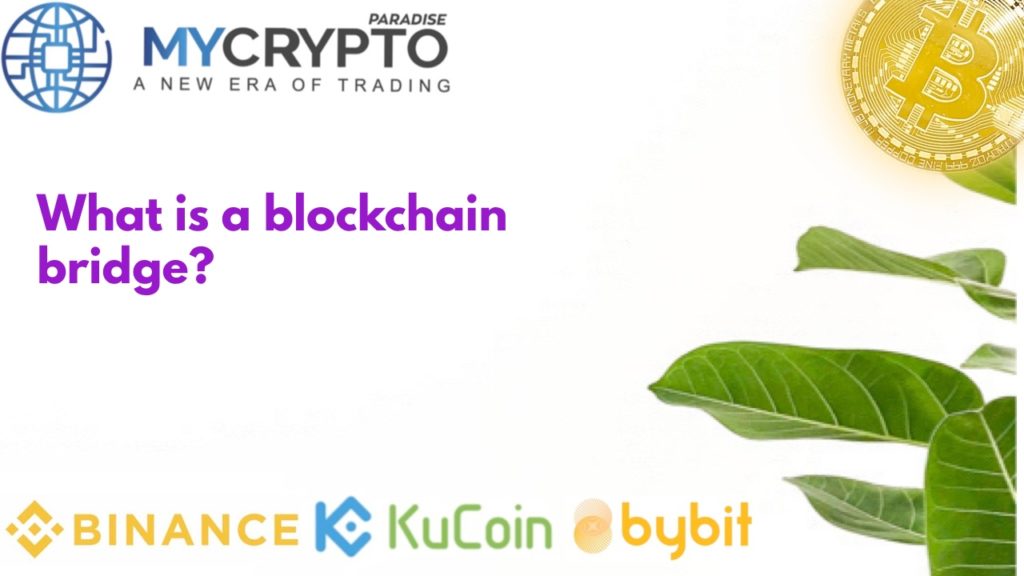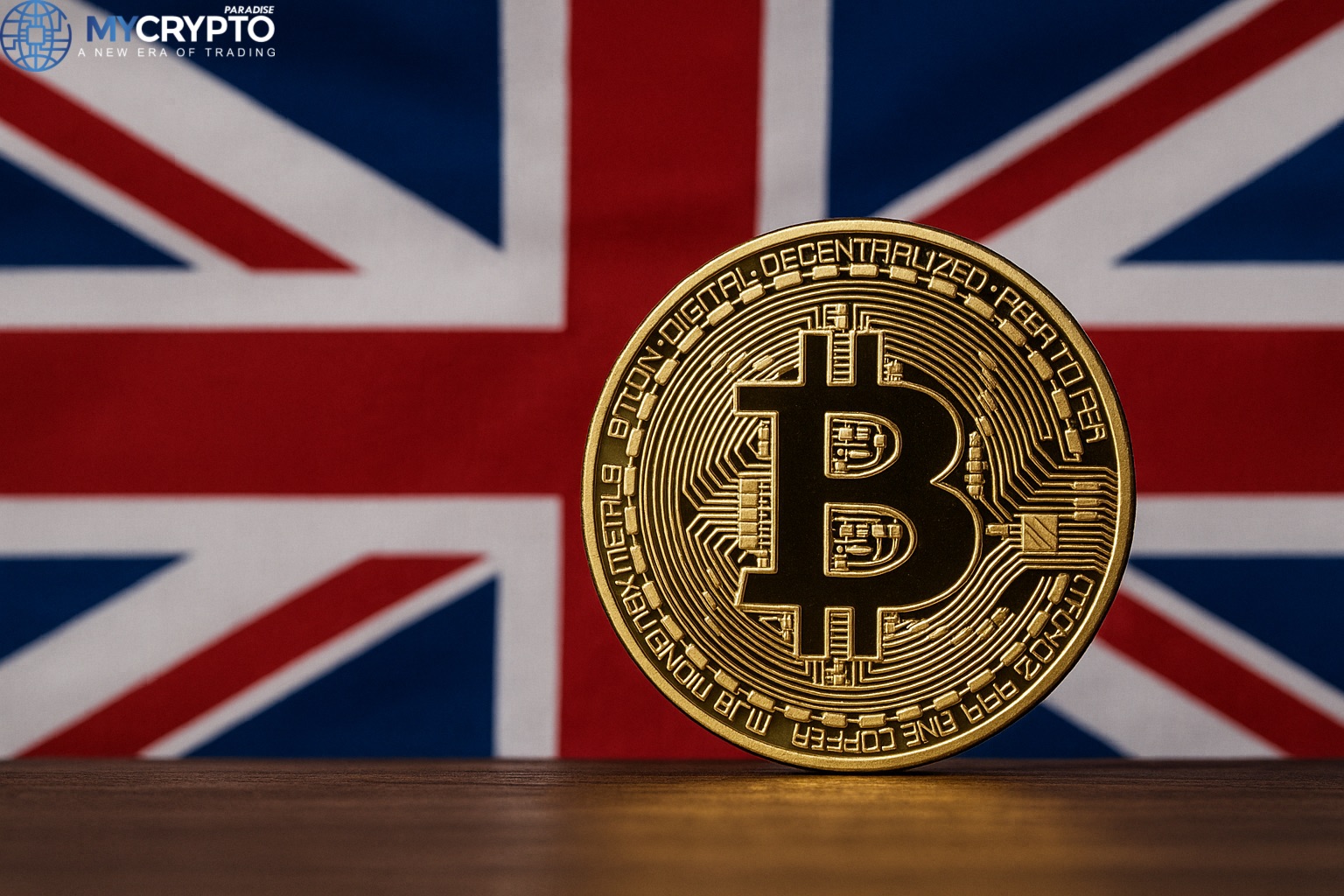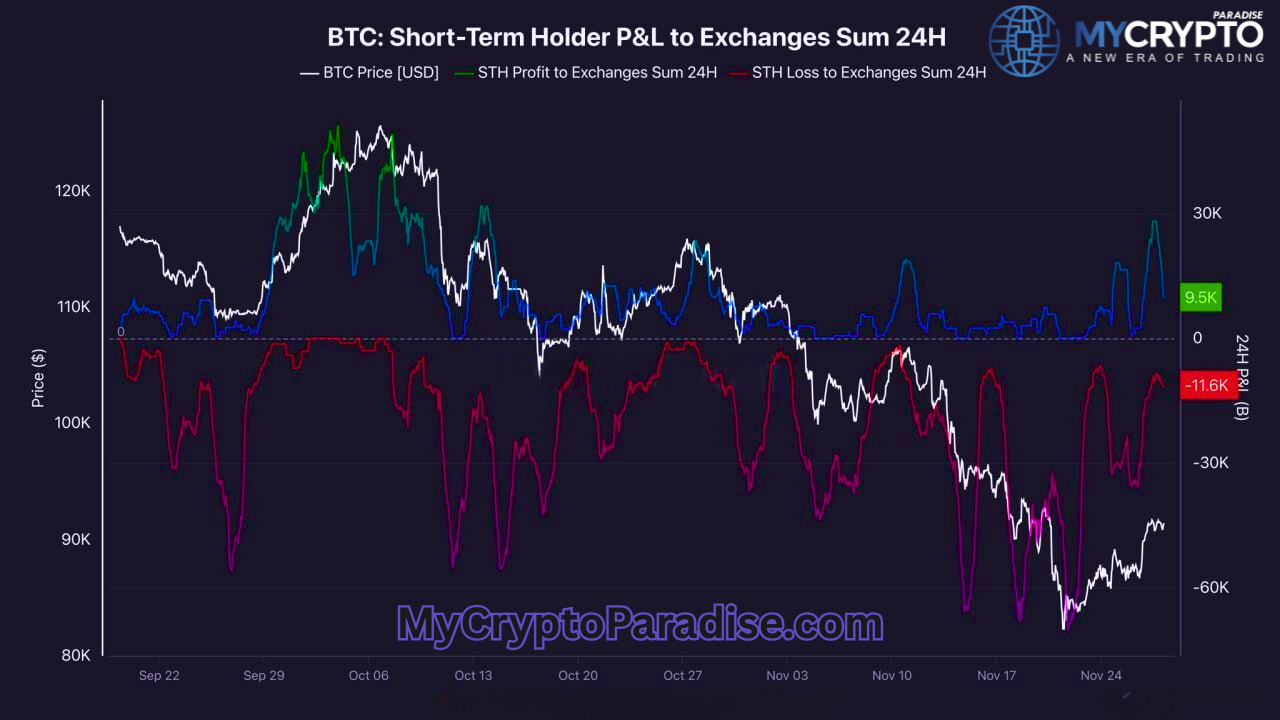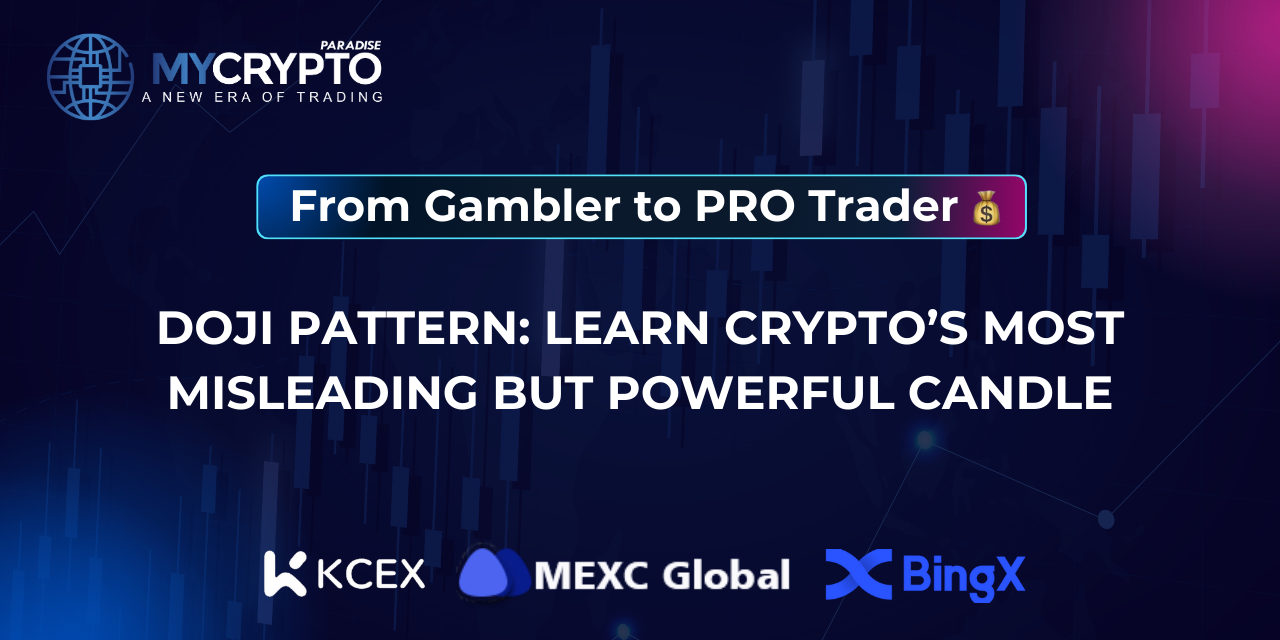Since the Bitcoin whitepaper came out in 2008, the technology behind it, called blockchain, has come a long way. Blockchain could help make things more decentralized and less reliant on centralized authorities. As a result, a whole new ecosystem has grown, marked by an explosion in the number of cryptocurrencies and the rise of programmable blockchain networks like Ethereum.
In this information and education, we will discuss every necessary information you need to know about the blockchain bridge but before that, it is noteworthy that you grab a juicy offer by MyCryptoParadise in the crypto space, we have a group of experts with many years of experience in trading cryptocurrency.
After developing a deep understanding of trading crypto, our Paradise Team is now helping others by providing information and education to investors and traders in the crypto space, which of course, will change their lives.
Our ParadiseFamilyVIP is available on OKX, Binance, Kucoin, Bybit, and Bitmex exchanges, we trade (Spot&Futures) Bitcoin, ETH, and other trending altcoins and share personal trading signals to VIP members.
Use PRO20% for your special 20% discount today as the promo expires soon, click here for reviews from our clients.
What is a blockchain bridge?
The blockchain bridge connects two various blockchain networks or applications, just like a natural bridge. It can make it easier for assets and information to move between layer 1 and layer 2 networks and between blockchain networks. There are different ways a blockchain bridge can work, and it has also been called a “cross-chain bridge.”
Every blockchain project has the parameters that define it. A blockchain bridge is the proven solution to this problem since it can be used to send different transactions and data sets in a trustless, trusted, bidirectional, or one-way. A blockchain bridge can allow the exchange of decentralized identities, information from outside of the blockchain, and call to smart contracts.
The reason for Blockchain Bridges?
After reading about its fundamental ideas, you might be interested in how a blockchain bridge works and what the most well-known uses of this technology are. To understand “how blockchain bridges work,” you must go back to blockchain’s basic ideas. Blockchain networks use a decentralized system of nodes that talk to each other around the world to manage, validate, and store financial transactions and data transfers,
Due to their differences, blockchain networks can exist independently and have communities. For example, a consensus model is used to ensure that all nodes in a blockchain network can agree on a particular transaction. Proof of Work is a tried-and-trusted way to reach a consensus, and it can be used to improve security, but it will use more energy.
As more blockchain networks have been made, the focus has been on ensuring they are decentralized, scalable, and safe. So, new blockchain networks have started to form with the help of new consensus methods like Proof of Stake. This shows how essential blockchain bridges are because the future of the blockchain ecosystem will depend on how well different blockchain networks and ecosystems can talk to each other.
As blockchain projects, like those in the DeFi ecosystem, continue to grow, there is a need for bridges. Developers might use different bits of code to make it easier for apps, coins, and smart contracts to be shared over a blockchain network. Also, each blockchain network has its own standard and framework for tokens that can be used to make improvements in the future. As the number of DeFi projects grows, users will need to be able to use assets from different networks. Even more interesting is that a blockchain bridge lays the groundwork for making dApps and crypto ecosystems work better together.
Types of Blockchain Bridges?
Blockchain networks and blockchain bridges are distinguished by their criteria. The description and justification of a blockchain bridge provide a clear picture of its significance. Questions concerning the functionality and operation of blockchain bridges of various types are also possible.
In the field of decentralized apps, a single blockchain bridge could not possibly operate with and support all of the many blockchain networks and assets. The most crucial blockchain bridges for exchanging assets and data across networks are listed below. Additionally, a collection of blockchain bridges tailored to individual requirements is available.
Trusted Bridges
The first kind of blockchain bridge to be mentioned is a trustworthy blockchain bridge. The term “trusted blockchain bridge” was coined to reflect that consumers placing their trust in a centralized bridge must have faith in its integrity. Simply said, it’s a protocol that relies on the efforts of a single controller, process, or other entity. Some reliable blockchain connectors have been shown to offer intuitive user interfaces, which may encourage wider use.
Trustless Bridges
The second sort of blockchain network bridge would be a trustless blockchain bridge. Compared to a trusted blockchain bridge, the trustless variant relies on algorithms and smart contracts rather than human verification. A trustless blockchain bridge does not need authoritative third parties to act as intermediates or custodians.
Users are not obligated to submit their assets to a governing body they may have reason to doubt. Additionally, a trustless bridge is entirely trustworthy due to its use of encryption, mathematics, and computer science to ensure the security of all transactions. Additionally, users retain complete ownership of their resources at all times.
Unidirectional Bridges
A unidirectional bridge, the next category, is a particular case of a blockchain bridge. Such a bridge only allows traffic in one direction. Unidirectional bridges cater to the flow of transactions in just one direction. Unidirectional bridges, as their name implies, may only move data in one way across networks.
Bidirectional bridges
A bi-directional blockchain bridge ensures that assets and data may transfer freely across networks. There is also a second kind of blockchain bridge called a bidirectional bridge. Contrary to conventional “one-way” bridges, they traverse both directions simultaneously. Thus, a bidirectional bridge is preferable to two one-way bridges.
Using bridges to move data between different blockchain networks is an exciting new way. Various blockchain bridges have other features that show how important they are to the long-term growth of the technology. The benefits of a blockchain bridge don’t just help the networks it connects; they may also help the developers and investors who use them. Blockchain bridges could increase the number of people using the network and make it easier for people to trade money.
Join our telegram channels where we share our FREE updates and analysis on coins like BTC, ETH, and other trending altcoins. We also share our FREE secret insights, and also FREE market updates.
- My Binance Paradise – https://t.me/MCP_binance
- My KuCoin Paradise – https://t.me/MCP_KuCoin













